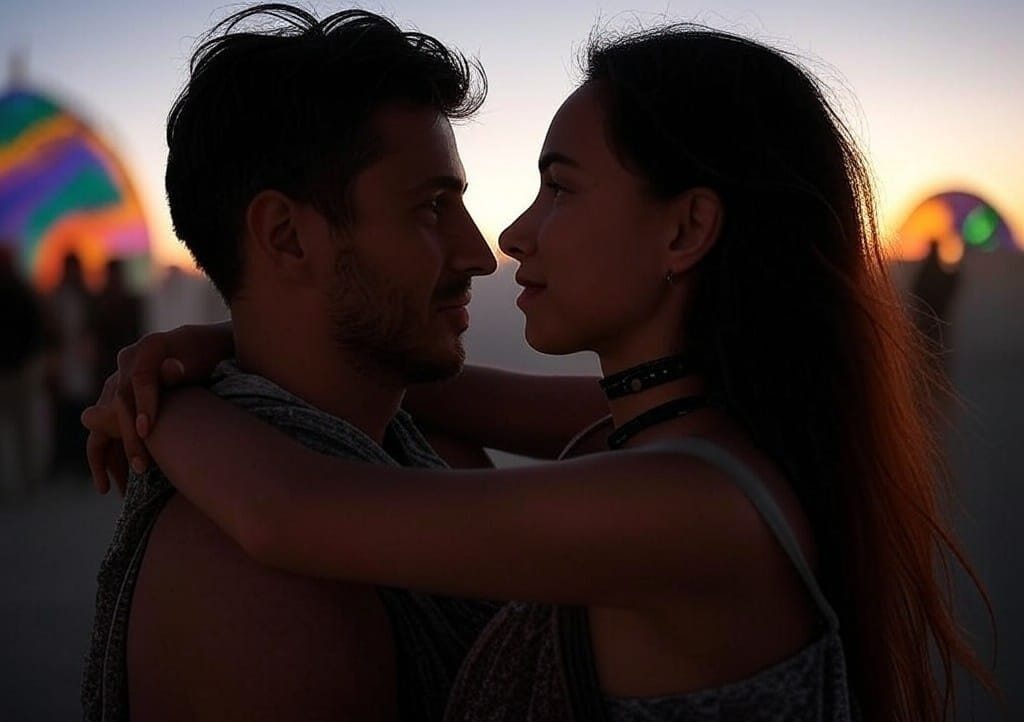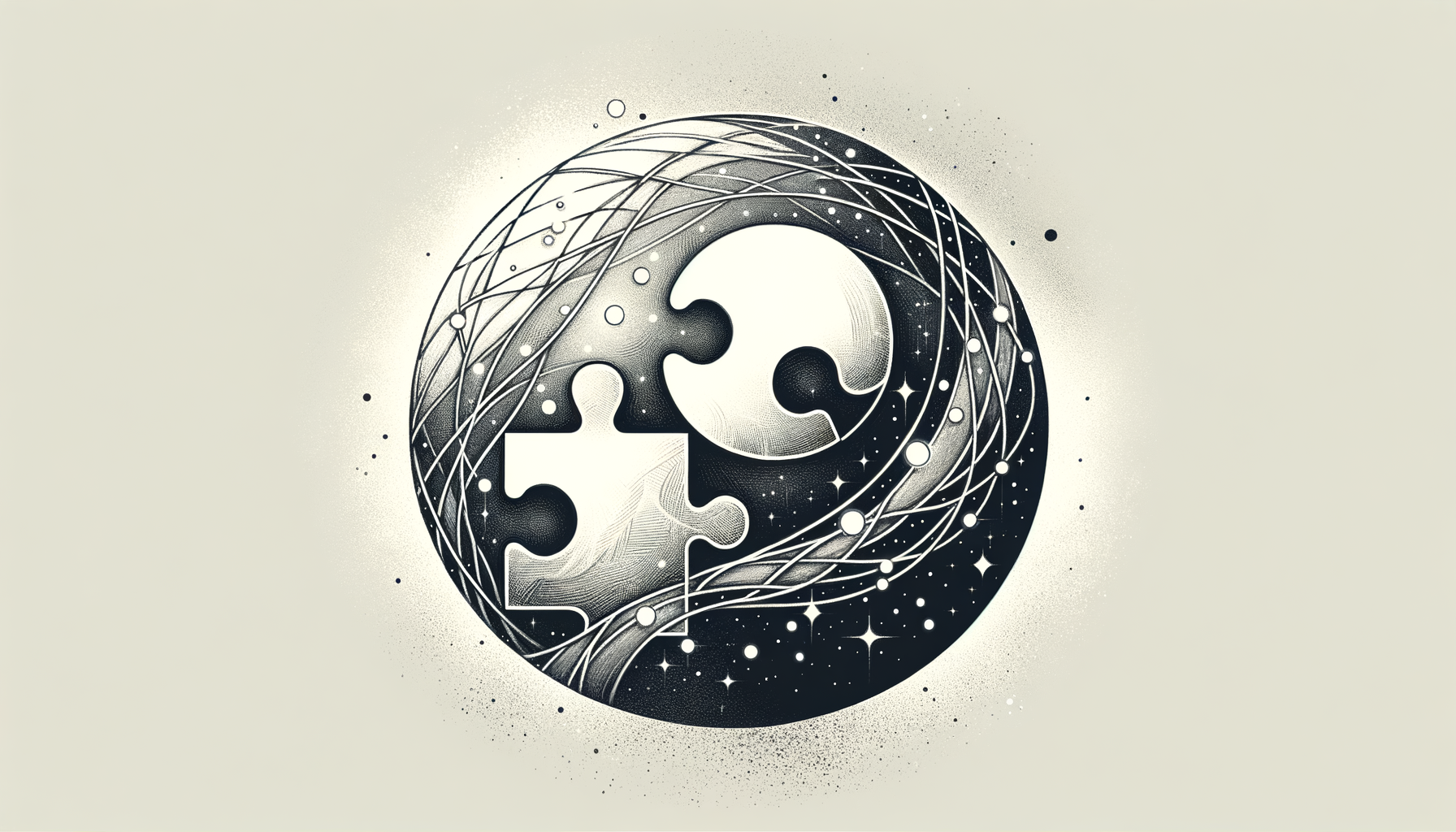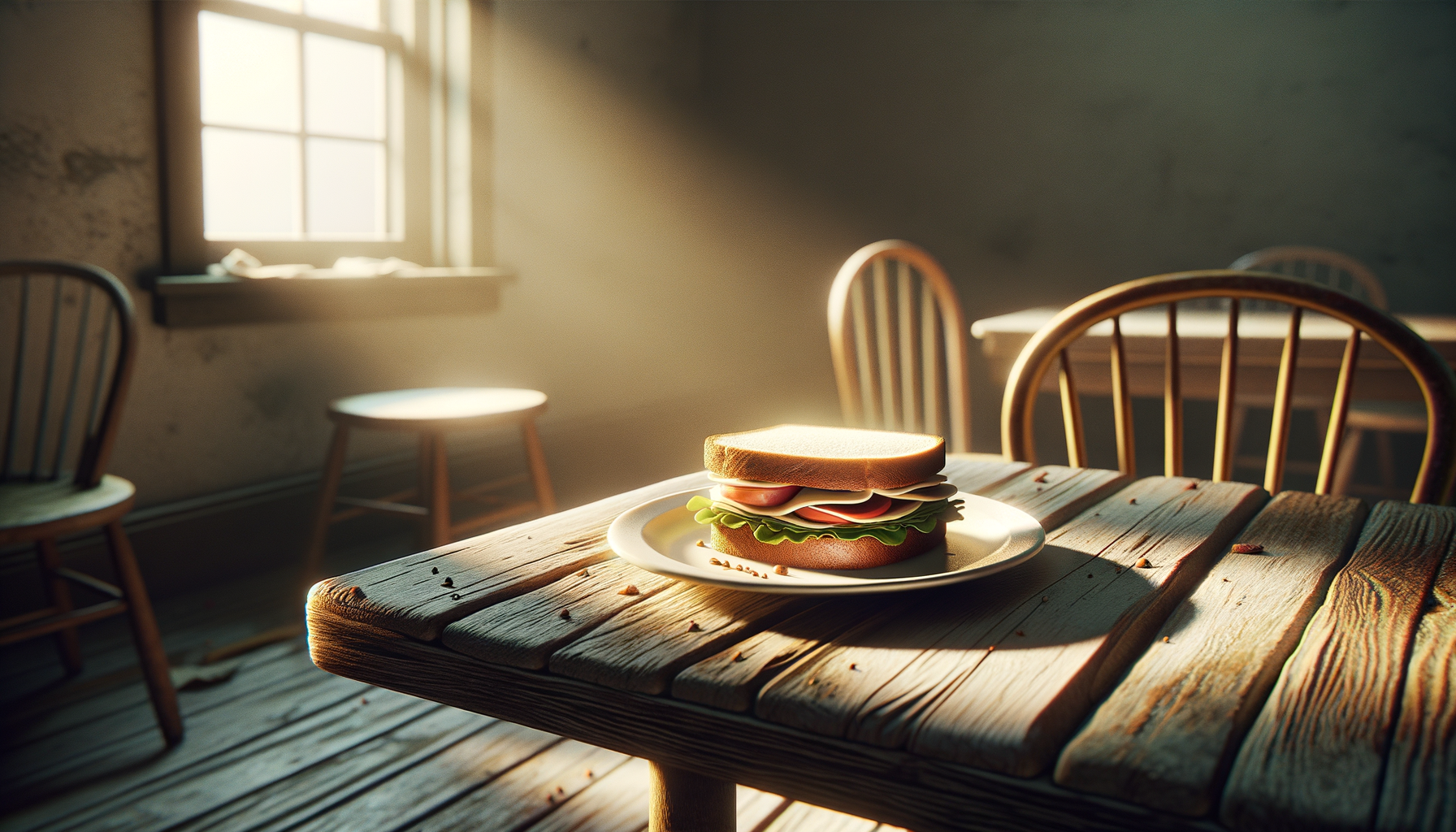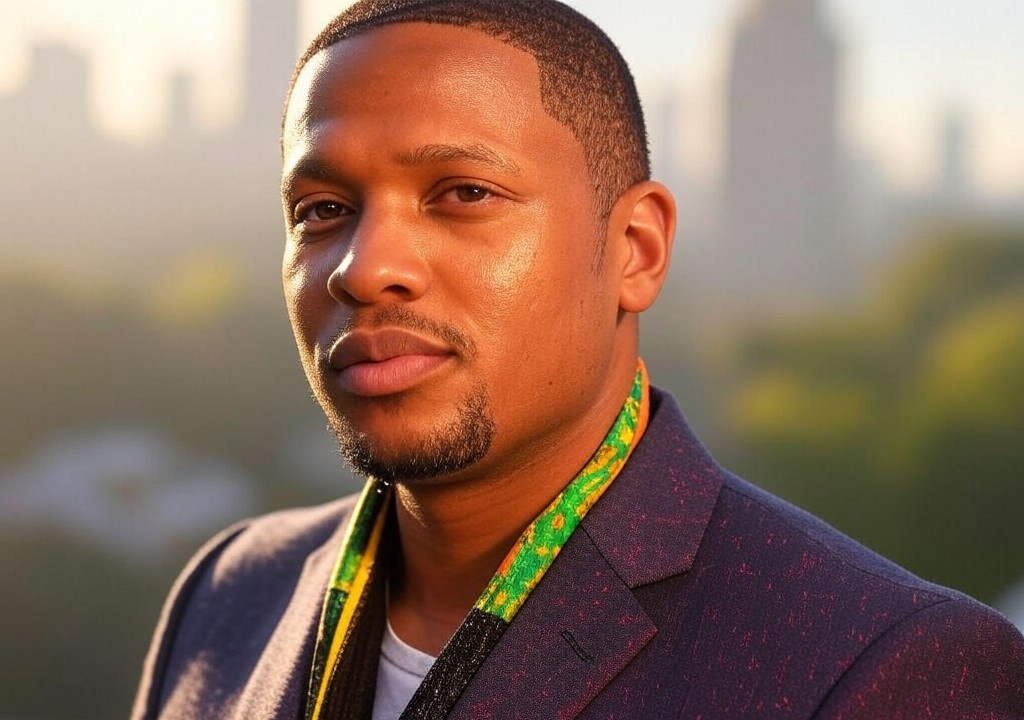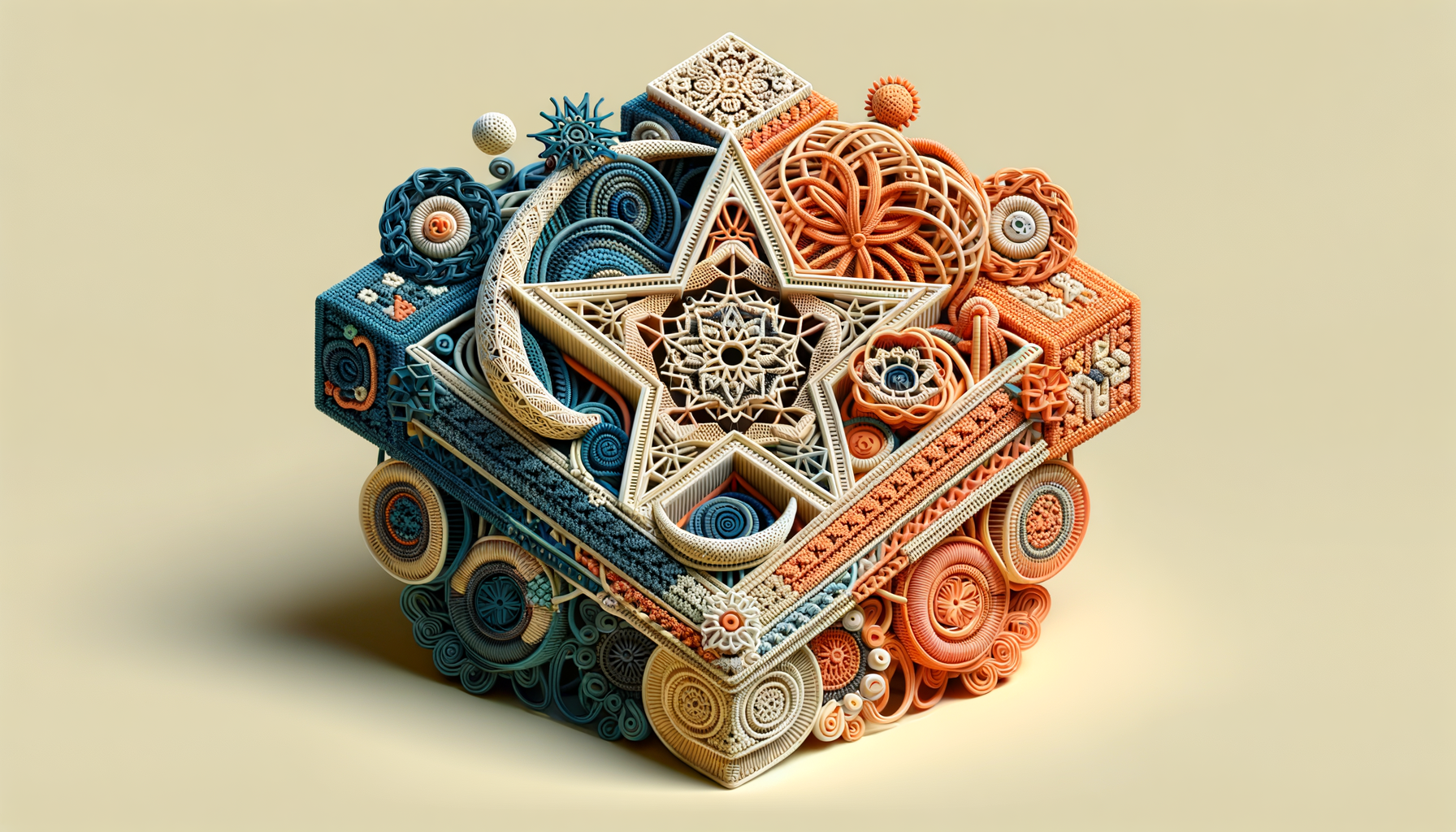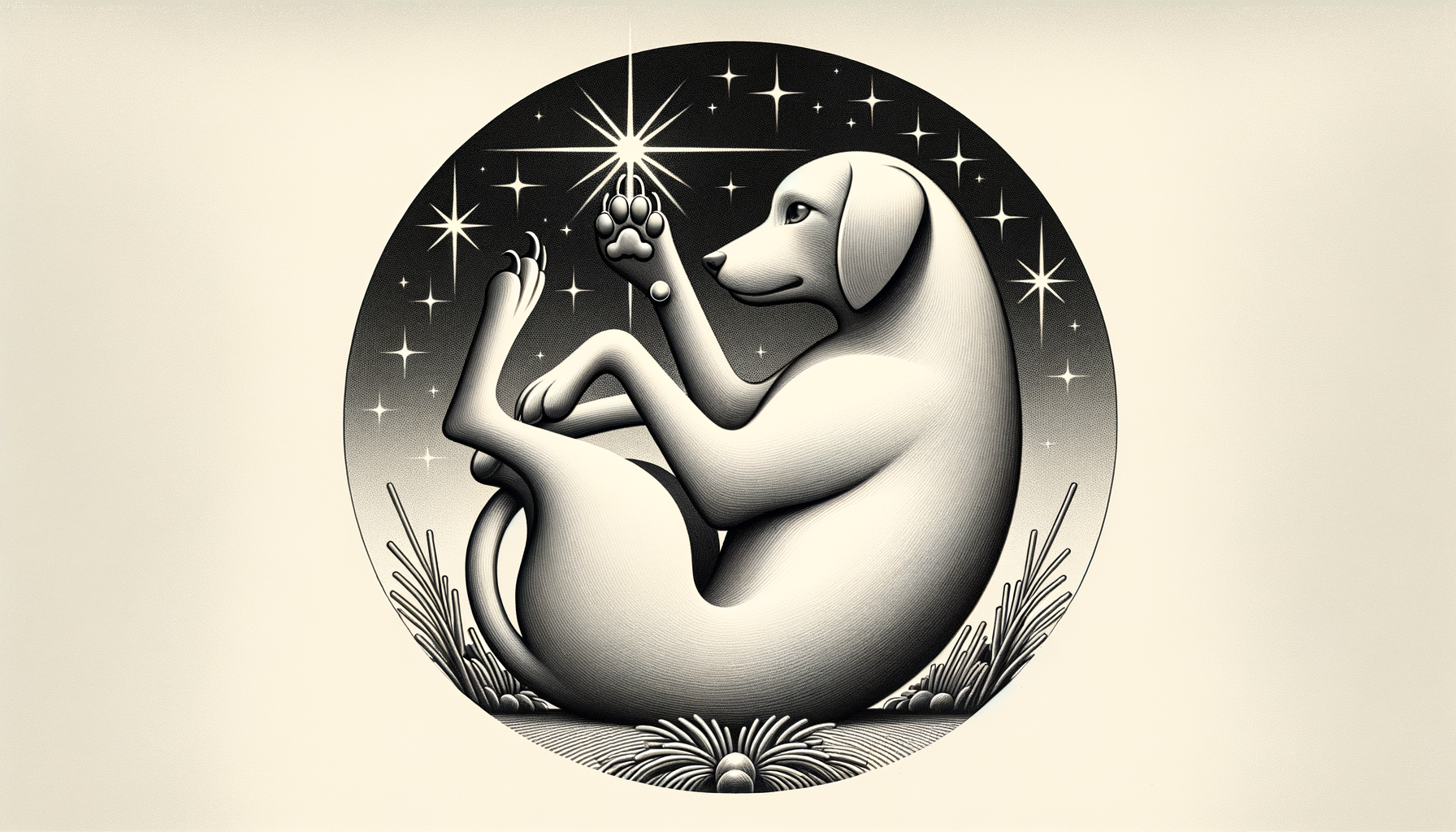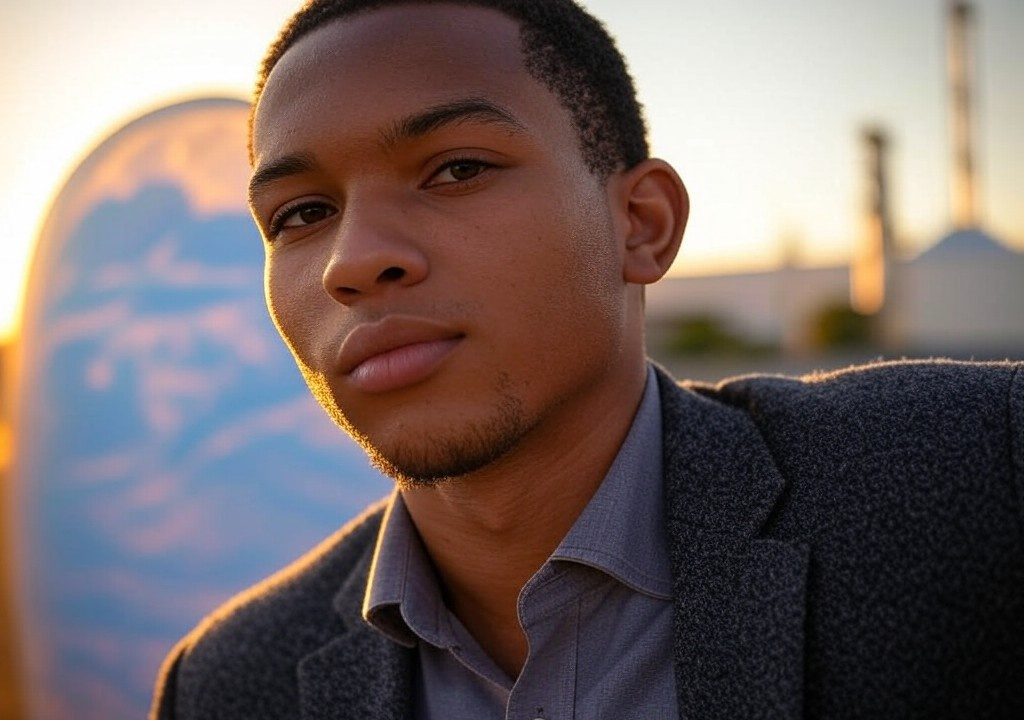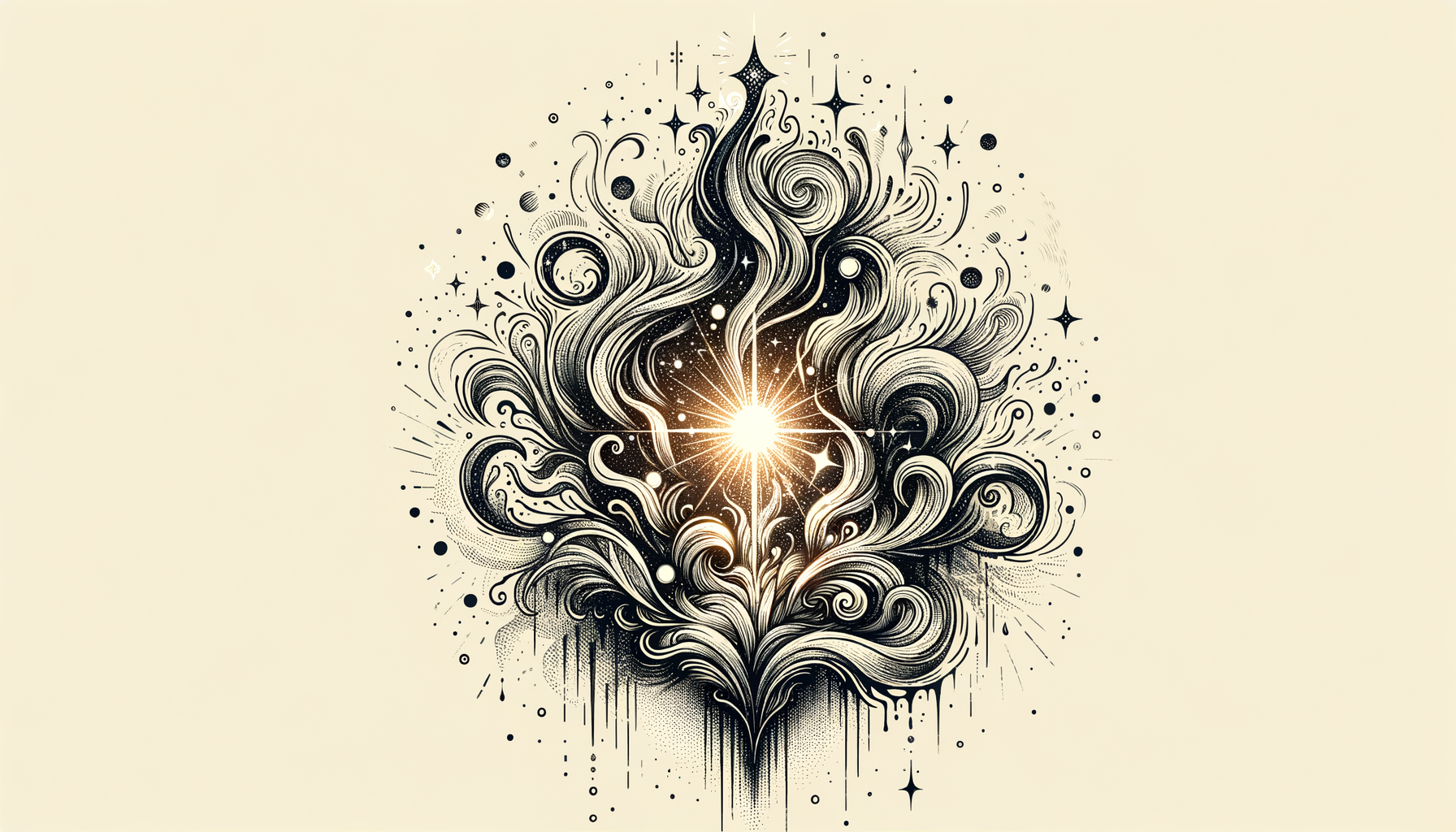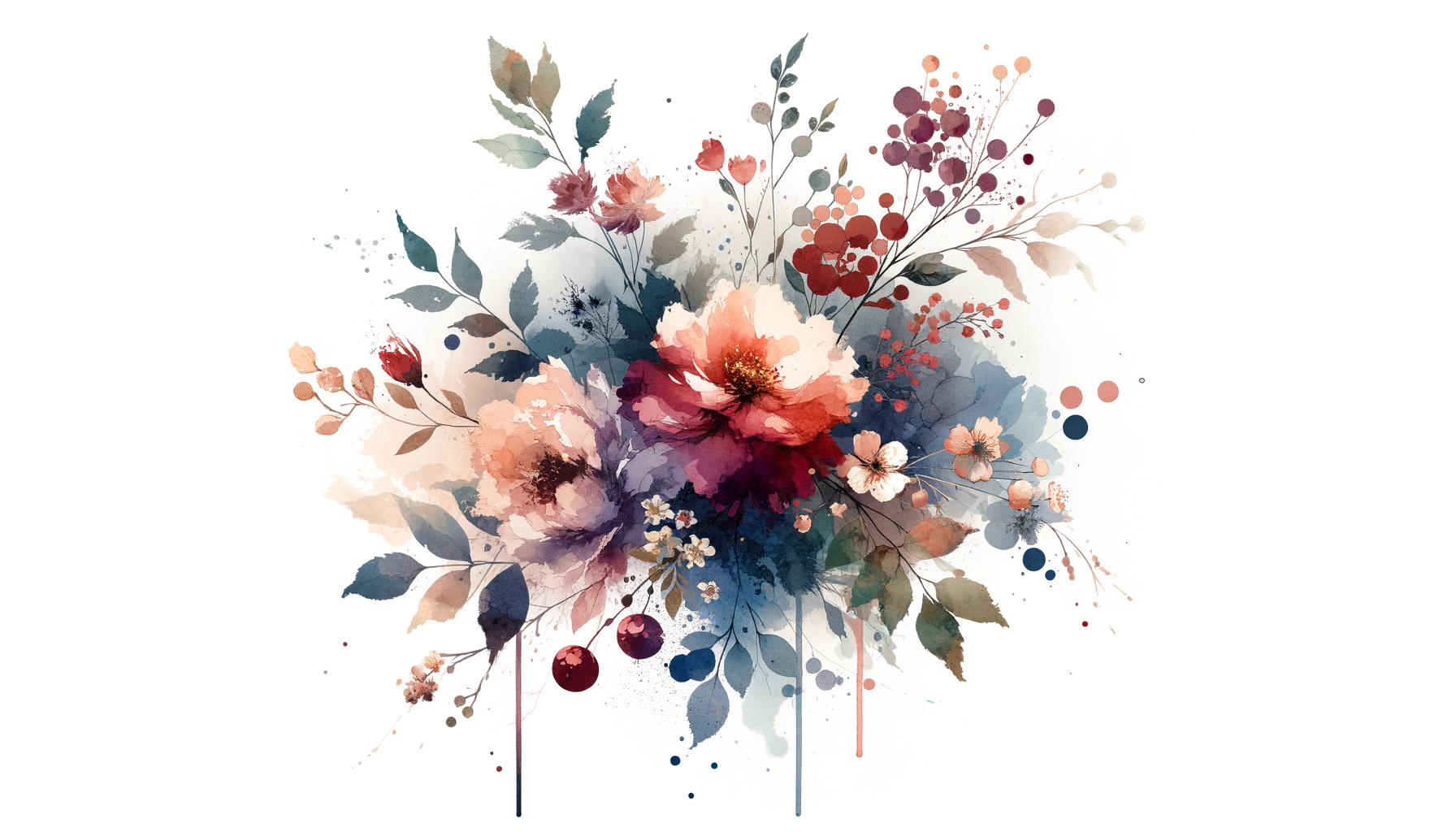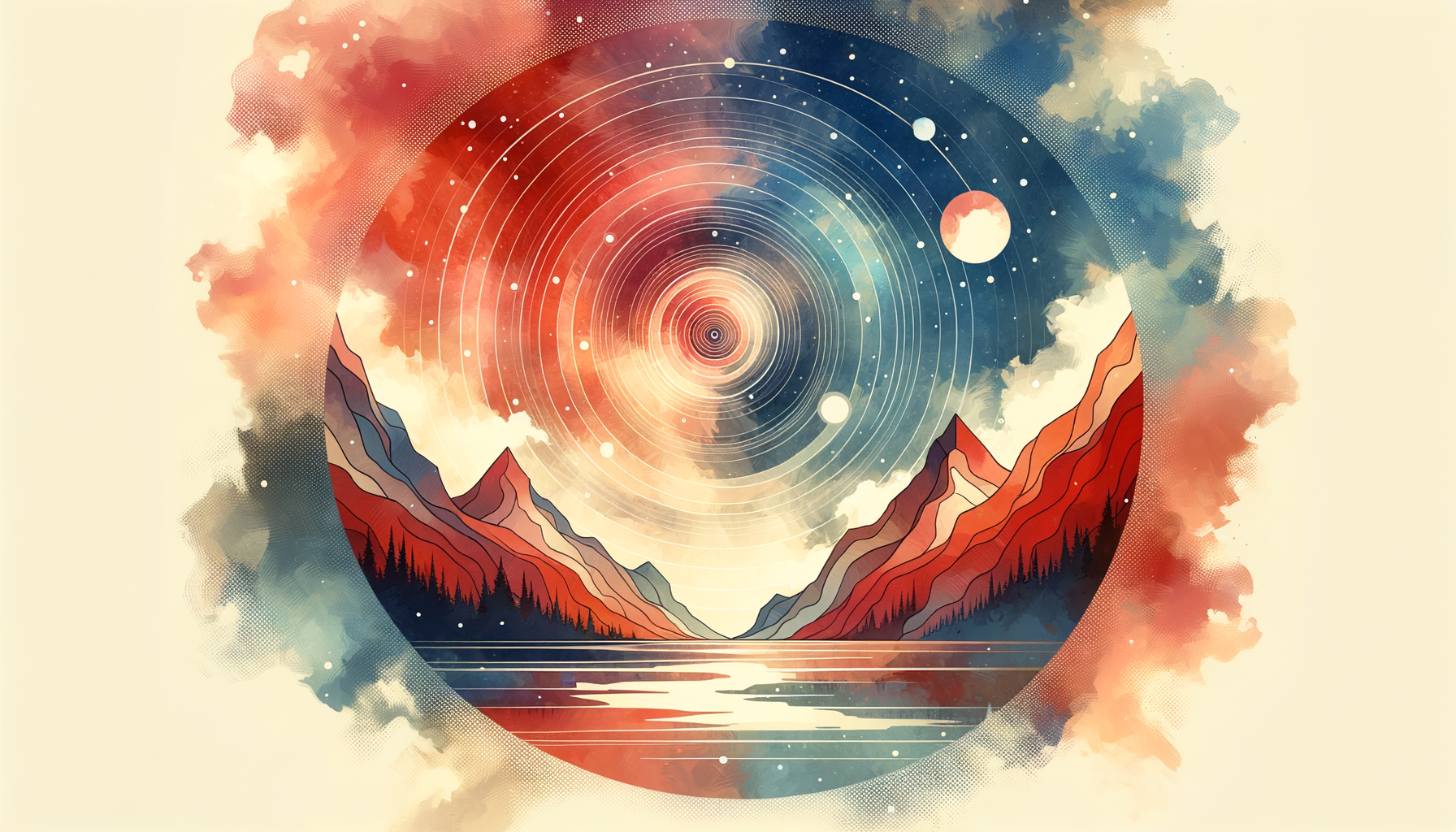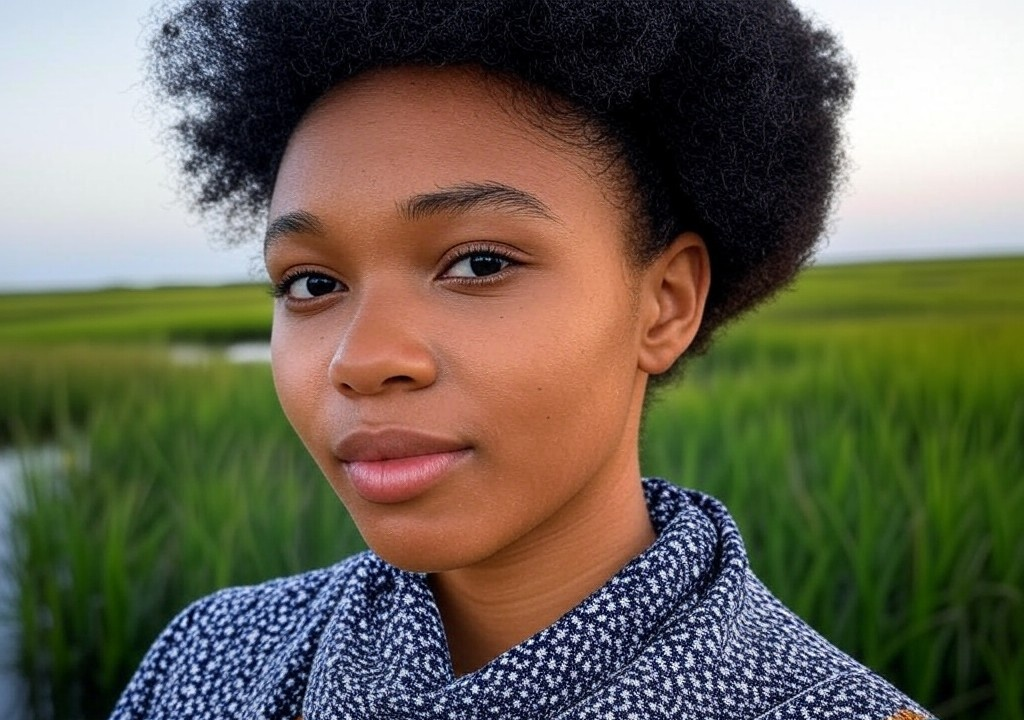Byline: Finding Your People Is Like Finding the Right Jeans—Sometimes It Takes a Few Tries (and a Lot of Awkward Fittings)
Introduction: The Search for “Your People” (A.K.A. Your Emotional Home Base)
We’ve all been there: standing in a crowded room—at a professional mixer, someone’s birthday party, or maybe your fifth cousin’s third wedding—and feeling like an alien who accidentally crash-landed in the wrong galaxy. You try to laugh at the jokes, nod at the right moments, even join in on the group karaoke rendition of “Livin’ on a Prayer,” but something’s missing. These aren’t your people.
But here’s the good news: finding your people is less like navigating a maze and more like dating (minus the pressure of a goodnight kiss). Sometimes there’s chemistry right away, sometimes it takes time for things to click, and sometimes you realize, “Wow, this just isn’t working.” Still, the journey to finding a true sense of belonging is worth every awkward moment, because when you do find your crew? Chef’s kiss.
This is the story of how I stopped trying to squeeze myself into social circles that didn’t fit (figuratively, of course) and found a community that truly felt like home. Spoiler: It didn’t happen overnight, but the process taught me a lot about authenticity, connection, and the subtle art of laughing until your sides hurt.
Step 1: Stop Faking It—The Myth of “Blending In”
For years, I tried to camouflage myself into spaces that weren’t meant for me. I was the social equivalent of one of those knockoff handbags you secretly find at a sketchy market: passable at first glance, but definitely not Gucci upon closer inspection.
Growing up in the Southwest Navajo Nation, I was steeped in storytelling and traditions that shaped my worldview. Moving away for college, however, I entered spaces where words like “decolonization” earned blank stares, and people only knew “Navajo” as a shade of paint in the Home Depot aisle. At first, I laughed off the cultural missteps, convincing myself I could blend into any crowd if I muted enough of my authentic self. Spoiler alert: It backfired.
Pretending to “fit” in a space where you don’t belong feels like showing up to a pool party in a sweater—uncomfortable, conspicuous, and honestly, just hot. It took me years to realize that the best way to connect with people isn’t by trying to be what you think they want. It’s by unapologetically being yourself. (Unless yourself is someone who chews loudly in movie theaters; then maybe tone that down.)
Pro-tip: When in doubt, be the person who shares their weird quirks. Love ancient pottery? Talk about it. Nerd out over obscure '90s rom-coms? Dive in. Chances are, someone in the room will light up, and if they don’t, these aren’t your people.
Step 2: Lean Into the Awkward Moments (They’re the Good Stuff)
Finding your people is messy. Sure, I’d love to say my journey looked like a Pinterest board: carefully curated, dotted with aesthetic milestones (e.g., spontaneous road trips, cider in cute mugs, laughing around bonfires). But the truth? It was more awkward first hangs and missed cues than Insta-perfect bonding moments.
I met one of my closest friends, Zahra, because she called me out during a horribly tense trivia night: “No offense, but this team definitely doesn’t know 18th-century Persian poets.” Reader, she was right (and unapologetically hilarious). What started as playful roasting turned into hours of discussion about storytelling and ancestry, and eventually, we knew we’d found something special: mutual support with a side of shameless sarcasm.
Here’s the kicker: those initial, slightly awkward encounters are where true connection often brews. Vulnerability fuels relationships. When you stop trying to impress people and fully lean into the randomness—suggesting midnight diner runs, doing trust falls at the wrong time, or admitting you still don’t understand NFTs (same)—you show others it’s safe to let down their walls, too.
Pro-tip: Don’t ghost after the “meh” hangs. Friendships, like sourdough starters, need nurturing. Invite someone for coffee, even if your bond didn’t “sparkle” at first. Some of my closest relationships started slow, building depth over time.
Step 3: Build a Community That Reflects You
Hollywood loves to sell the “Insta-tribe” trope: one day, you’re alone in the back corner of a party, and the next, a charismatic group sweeps you into their infectious magic. But IRL? It’s often up to you to create the spaces where belonging happens.
When I moved to Chicago, I missed the grounding connections I’d had back home. The kind where people just get you—your humor, your values, even your obscure Spotify playlists (I see you, underground folk-lofi fusion fans). So, instead of wishing for connections, I started hosting intimate dinners for people I wanted to know better. The only rules? Low effort, high authenticity: come as you are, and let’s break bread.
Over time, a beautiful thing happened. Artists, professionals, and storytellers from wildly different lifestyles started showing up, drawn by the simplicity of shared food and authentic conversation. Some became lifelong friends; others, fleeting acquaintances. But all of it felt meaningful in the way only collective humanity can.
Pro-tip: Look around your city for spaces that celebrate shared interests: book clubs, volunteer events, community art fairs, or even goofy TikTok challenges. Small, intentional spaces are where deeper connections grow.
Step 4: Accept That Not Everyone Is “Your Person”
Listen, not every spark turns into fireworks. Some connections fizzle, and that’s okay. Trying to make every relationship work is like trying to cling to a sweater that’s two sizes too small because it kinda, sorta fits—eventually, you’ll suffocate.
Learning when to let connections go was huge for me. I remember a group I’d hung out with for months. They weren’t terrible people, but conversations felt surface-level, like we were all auditioning for the role of “likable human background character.” When I gently drifted away, I felt like a quitter at first. But that emotional “aha” moment hit me: not every vibe is meant for me, and that’s a great thing.
Pro-tip: Trust your gut. If a social circle leaves you feeling drained or disconnected, don’t force it. The magic of finding your people lies in knowing when to keep trying—and when to pack up the metaphorical tent and head elsewhere.
Conclusion: Your People Are Out There—Keep Looking
Finding your people isn’t an exact science. It’s a mix of trial and error, belly-laughing through the good moments, cringing through the bad, and growing at every turn. It’s also about celebrating the small wins—a shared book recommendation here, an overly enthusiastic group karaoke session there.
In the end, your tribe won’t complete you (contrary to Jerry Maguire). But they will amplify you. They’ll be at your side through awkward dance parties, hard conversations, and spontaneous calls to say, “Hey, you’re going to crush the thing tomorrow.”
And when you find them? Pour them a drink (or two) and stay a while. You’re home now.


